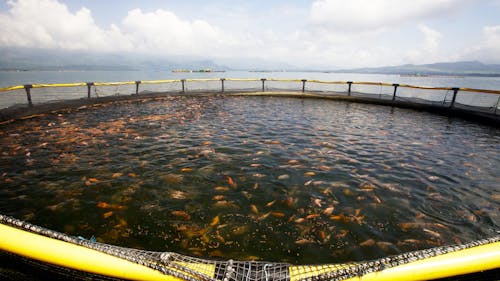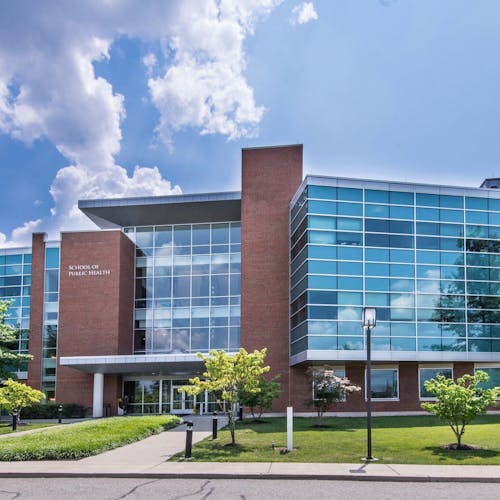Rutgers expands fish farming program in New Jersey

Aquaculture, the farming of fish and other aquatic organisms, is becoming a major industry in the Garden State with resources and funding from Rutgers.
Rutgers has been a key player in the development and expansion of aquaculture throughout New Jersey.
The Haskin Shellfish Research Laboratory (HSRL) is a New Jersey Agricultural Experiment Station and a field station for the Institute of Marine and Coastal Sciences both located at the School of Environmental and Biological Science in Rutgers University.
“Rutgers has been working for more than a century on helping to develop aquaculture in New Jersey,” Bushek said. “We helped develop the method to develop the clam aquaculture industry.”
Aquaculture is not yet a large industry in New Jersey, but the climate and water conditions are conducive to aquaculture, said David Bushek, a director and associate professor of Shellfish Ecology and Pathology at the Rutgers New Jersey AIC.
“New Jersey is poised for aquaculture expansion because the industry is demanding it,” said Amanda Wenczel, aquaculture specialist at the New Jersey Aquaculture Innovation Center (AIC) at Rutgers.
The products of New Jersey aquatic farmers fit the needs, demands and market openings, Wenczel said.
“Most of the aquaculture operations within New Jersey are small, family owned businesses with on-farm growth leading to a direct positive impact within the local economy,” she said.
“There are limitations on productions that can be obtained from fisheries,” Bushek said.
Shellfish are the most dominant aquatic crop produced in the state of New Jersey. Hard clams and oysters encompass more than three-quarters of the production in the state industry, Wenzcel said.
Previously, industry regulations posed difficulties for farmers. New legislation, currently being passed, should further increase fish farming in the state, Bushek said.
The two state bills passed are not merely aimed at the domestication of a specific aquatic species, but to help promote the growth of all aquatic species within the state, Wenczel said.
“It may take a little more to achieve what is required in the bills for any potential finfish operation or aquatic plant farm as they can be quite varied and the requirements for permitting farm-specific,” she said.
Farmers from the southern coast of the state, including Ocean, Atlantic and Cape May counties, are more likely to benefit from the increase in fish farming as the greater quantity of growing areas are in those counties, Bushek said.
The need for support services such as shipping, processing and marketing would provide a ripple effect of positive economic benefits for all those involved, Wenczel said. The total economic impact of aquaculture to New Jersey as high as $36 million, according to the AIC website.
In addition to economical benefits, the presence of aquaculture, a highly sustainable industry, yields an environmental benefit, Wenczel said.
“The green farming label is reserved for shellfish aquaculture due to species capacity to filter nearby particles of water,” Wenczel said. “Additionally, there is no need to add any chemicals, food or outside products within the culture system, as the shellfish are grown in native coastal waters that contain all the necessary components for the species to thrive.”
“The impacts from this industry are wide spread and yield a stabilizing factor for many areas as the crops produced continue to be desired by consumers throughout the northeast,” Wenczel said.
Samil Tabani is a Rutgers Business School first-year student. He is a contributing writer for The Daily Targum.
<label class="control-label" style="line-height: 1.99864em; color: rgb(52, 73, 94);"></label>



